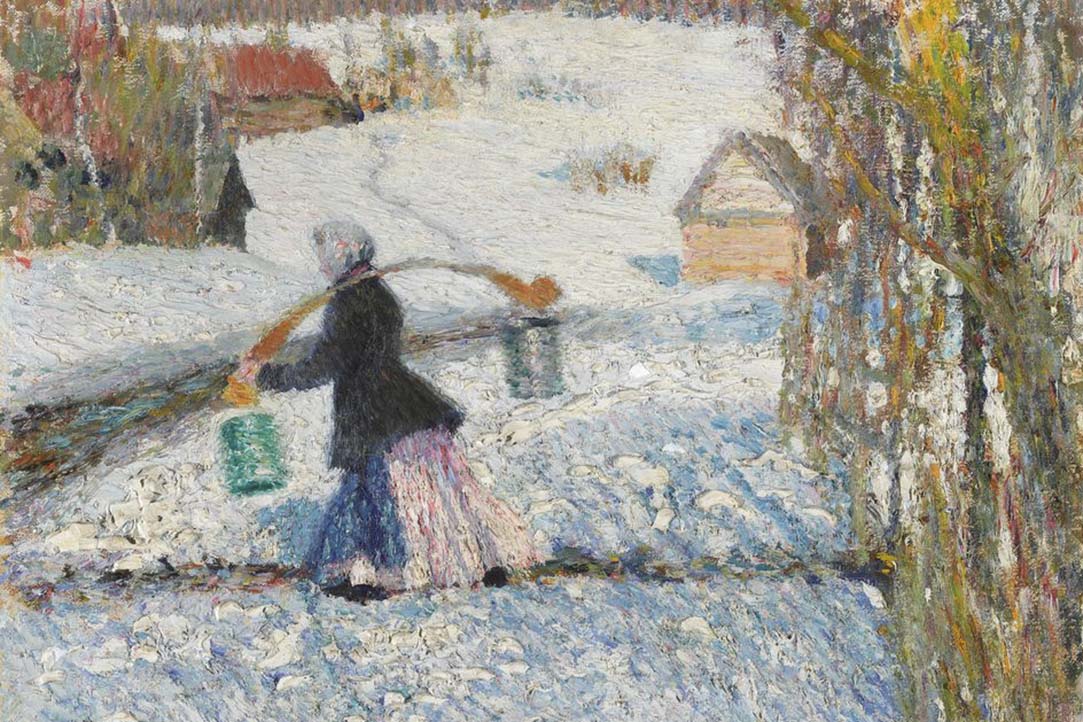Vivid and Unique: '12 Signs of Life' and 'Igor Grabar–150th Anniversary' Exhibitions

Different and distinct, these two exhibitions represent two fundamental views on life: the scientific and the artistic. You can choose whichever appeals most to you, or visit both for a better understanding of how we understand the world around us.
12 Signs of Life
VDNH, Pavilion N 31 'Geology'
Open until 2024
How do we distinguish the living from the inanimate? Don’t answer yet until you’ve visited this exhibition. To explain how our planet exists and functions, the biologists and modern artists behind this exhibition have chosen quite an unusual set of items. These artifacts include collections of eggs and shells, two-headed skeletons and alcohol-preserved specimens, and minerals and cultivars of plants. They are divided into 12 sections to explain the concept of ‘living matter’—quite ironic and thought-provoking, given that the exhibits are mostly lifeless.
Address: 119 Prospekt Mira, Pavilion No. 31
Opening hours: Wed–Sun, 11 am–7 pm.
Tickets: 150–300 rubles
Igor Grabar's 150 Anniversary
Tretyakov Gallery, Engineering Building
Open until 12th March
While well known as a gifted artist, Igor Grabar also left his mark on world culture as a renovator, scientist and museum worker. The Tretyakov Gallery celebrates its first director's 150th anniversary with an exhibition showcasing the different sides of Grabar’s intellectual legacy. It starts with a retrospective of his masterpieces, which includes his famous impressionist paintings of a snowy Russian winter, the artist's beloved blue delphiniums, Cezanne-style still lifes, and lots of portraits. One of them is a self-portrait by Grabar in which he depicts himself wearing a smart suit and renovator's coat while holding a palette and brushes. The painting illustrates Grabar's three main pursuits: literature, science and painting. One of the halls has been turned into a study displaying documents and scientific works (including the 13 books of Grabar’s History of Russian Art) to show the working atmosphere and highlight the magnitude of Grabar's impact on the arts and science.
Address:12 Lavrushinsky Pereulok
Opening hours:
Sun 10 am–8 pm
Tue–Wed 10 am–6 pm
Thu–Sat 10 am–9 pm
Tickets: 350–600 roubles
Text by Olga Nozdrina, first-year master's student at the Faculty of Humanities, intern at the HSE University English website team

